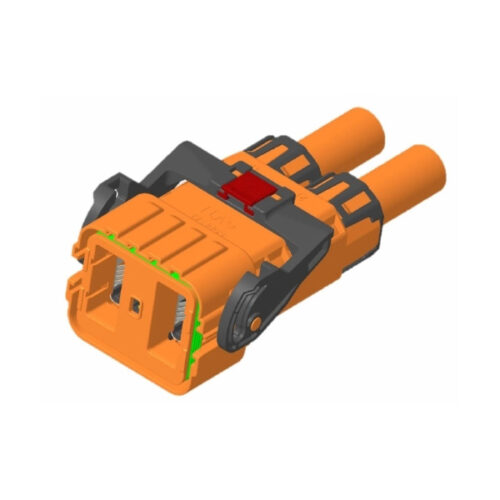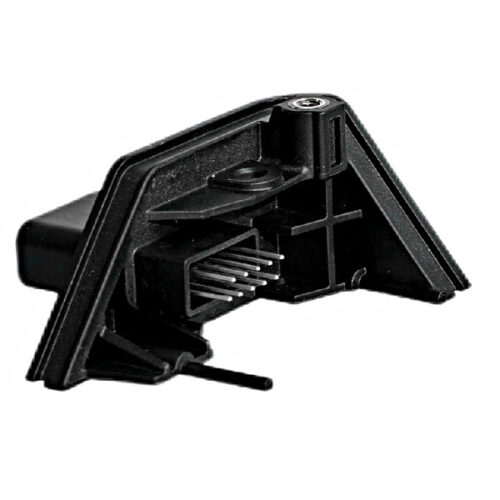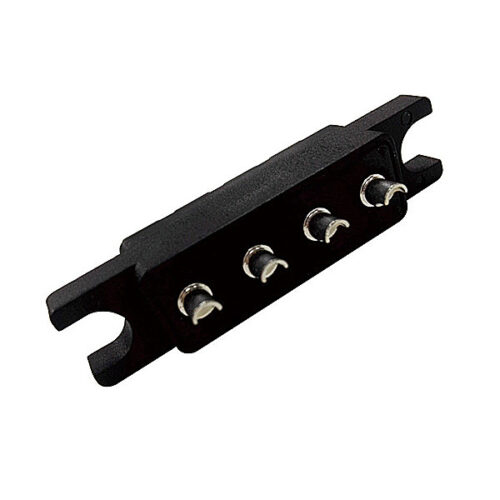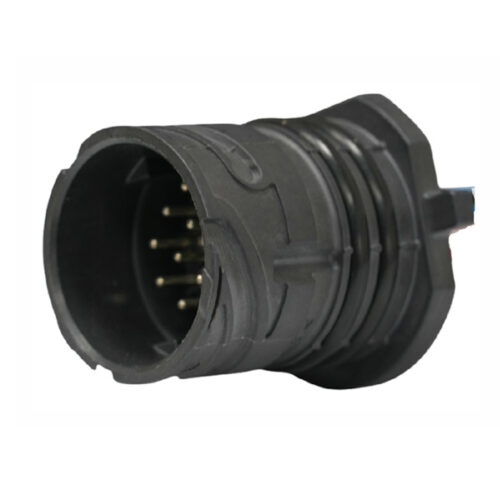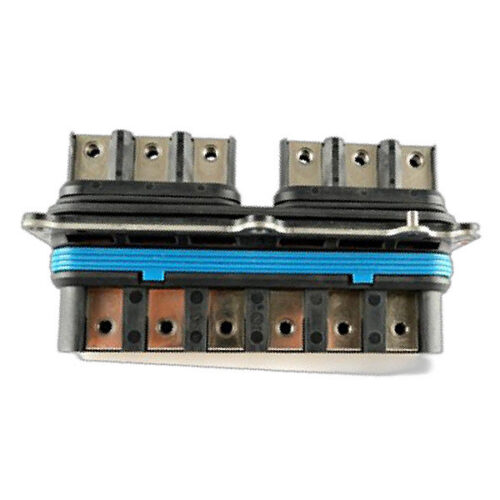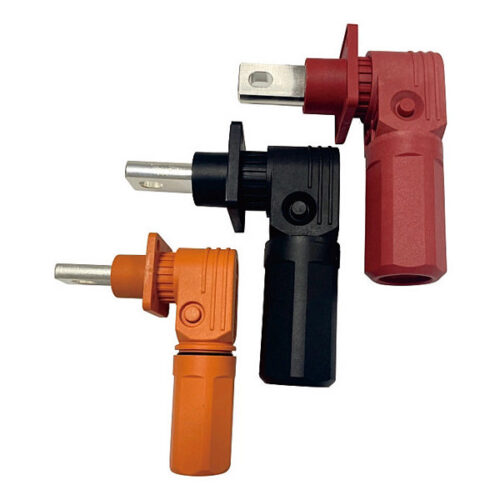Blogs & News
We are focus on automotive wiring harness & connectors technology.
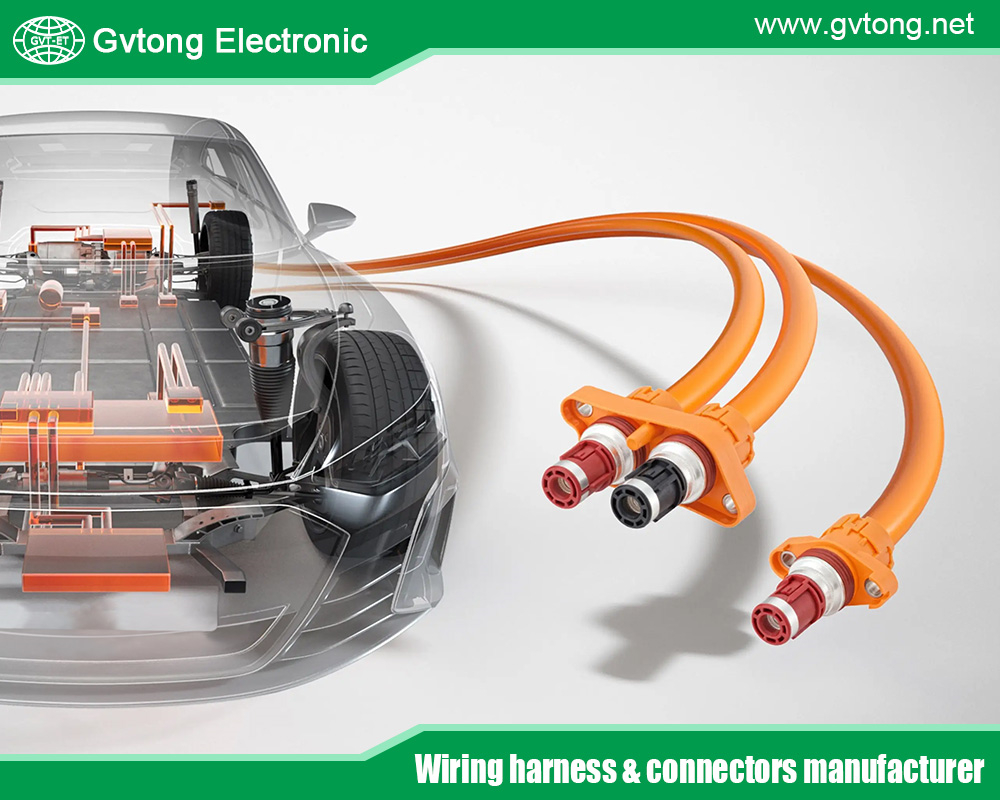
New Journey of Automotive Technology: Connector Innovation and Advanced Driving Assistance System Advancements
- Gvtong Electronic
- 48V board net connectors, ADAS sensor connectors, Automated assembly connectors, automotive antenna connector, automotive coaxial connector, automotive data connector, Automotive data connectorAutomotive coaxial connector, automotive diagnostic connector, automotive electrical connector, Automotive high - frequency connector, automotive High voltage connector, automotive hybrid connector, automotive Low voltage connector, automotive Oil-resistant Connectors, automotive optical fiber connector, Automotive power distribution connector, automotive Signal Connector, Automotive temperature - resistant connector, Automotive vibration - resistant connector, automotive waterproof connectors, Automotive-grade AEC-Q200 connectors, Battery management system (BMS) connectors, Cost-effective automotive connectors, EV charging connectors, Fuel cell connectors, Halogen-free automotive connectors, In-cabin infotainment connectors, Lightweight automotive connectors, Multi-variation connectors, OEM-specific connectors, Pre-charge/discharge connectors, Quick-fit automotive connectors, Recyclable material connectors, Redundant safety connectors, Thermal management connectors, V2X communication connectors, Wireless charging connectors
- No Comments
New Journey of Automotive Technology: Connector Innovation and Advanced Driving Assistance System Advancements
The automotive industry is on a transformative journey, driven by rapid advancements in technology that are redefining how vehicles operate and interact with their environments. At the heart of this evolution are two critical components: automotive wiring harness connectors and Advanced Driver Assistance Systems (ADAS). Connectors serve as the backbone of a vehicle’s electrical system, enabling seamless communication between components, while ADAS leverages cutting-edge sensors, cameras, and AI to enhance safety and pave the way for autonomous driving. Together, these innovations are propelling vehicles toward greater efficiency, safety, and intelligence. This article explores the latest developments in connector technology and ADAS, their synergistic relationship, and their impact on the future of mobility, highlighting why they are indispensable in the new era of automotive technology.
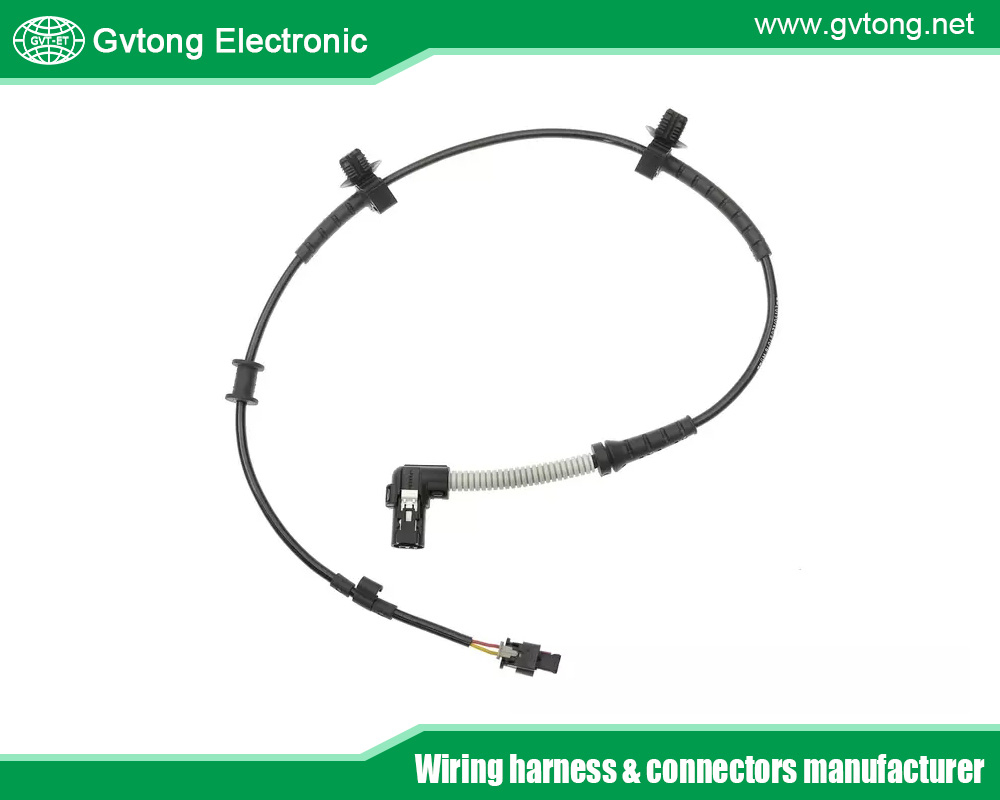
Role of Connectors in Automotive Technology
Automotive wiring harness connectors are the unsung heroes of a vehicle’s electrical architecture. A wiring harness is an organized bundle of wires, cables, and connectors that transmits power and signals to various vehicle systems, from engines to infotainment. Connectors are the critical interfaces that link these wires to components like sensors, actuators, and control modules, ensuring reliable electrical and data flow.
Connectors come in various types, each tailored to specific needs. Multi-pin connectors handle complex systems like engine control units (ECUs), while sealed connectors protect against moisture and dust in external applications like headlights. Terminal connectors facilitate simple point-to-point connections, and high-voltage connectors are designed for electric vehicles (EVs). Materials like corrosion-resistant metals and heat-tolerant plastics ensure durability in harsh conditions, such as temperatures ranging from -40°C to over 100°C or constant road vibrations.
In modern vehicles, connectors are indispensable due to the increasing complexity of electrical systems. They support everything from basic functions like lighting to advanced features like battery management in EVs and data transfer for autonomous driving. Their reliability, modularity, and ability to handle high power and data rates make them foundational to automotive innovation, enabling the integration of sophisticated technologies like ADAS.
Innovations in Automotive Connectors
The demands of modern vehicles—compact designs, high-speed data, and sustainability—have spurred significant innovations in connector technology. These advancements ensure connectors keep pace with the automotive industry’s rapid evolution.
Miniaturization: As vehicles incorporate more electronics in limited spaces, especially in EVs and autonomous cars, connectors are becoming smaller without sacrificing performance. Compact connectors, like Molex Mini-Fit Jr., reduce weight and space, critical for EV battery packs or crowded dashboards. These connectors maintain high current capacity and signal integrity, supporting dense electronic layouts.
High-Speed Data Connectors: The rise of ADAS and infotainment systems requires connectors that can handle high-speed data transfer. Automotive Ethernet connectors, for instance, support gigabit-per-second data rates, enabling real-time communication for cameras, radar, and vehicle-to-everything (V2X) systems. These connectors use shielded designs to minimize electromagnetic interference (EMI), ensuring clear signals in data-intensive applications.
Durable and Sealed Connectors: EVs and outdoor systems demand connectors that withstand extreme conditions. Sealed connectors with IP67 or IP68 ratings protect against water, dust, and chemicals, making them ideal for EV battery systems or under-hood applications. For example, Deutsch DT connectors are widely used in heavy-duty vehicles for their robustness in harsh environments.
Eco-Friendly and Smart Connectors: Sustainability is driving the use of recyclable or bio-based materials in connectors, reducing environmental impact. Additionally, smart connectors with embedded sensors are emerging, capable of monitoring connection health, detecting faults, and predicting maintenance needs. These innovations enhance reliability and reduce downtime, aligning with the industry’s push for efficiency.
These advancements make connectors more versatile, supporting the shift toward electrified, connected, and autonomous vehicles while meeting stringent performance and environmental standards.
Advancements in Advanced Driver Assistance Systems (ADAS)
ADAS represents a quantum leap in automotive safety and intelligence, using sensors, cameras, radar, and AI to assist drivers and lay the groundwork for autonomous vehicles. Features like adaptive cruise control, lane-keeping assist, automatic emergency braking, and pedestrian detection are now standard in many vehicles, with advancements pushing the boundaries further.
Recent ADAS developments focus on sensor fusion and AI integration. Sensor fusion combines data from cameras, radar, lidar, and ultrasonic sensors to create a comprehensive view of a vehicle’s surroundings. For example, Tesla’s Full Self-Driving (FSD) system uses AI to process inputs from multiple cameras, enabling real-time decision-making for navigation and obstacle avoidance. Lidar, once cost-prohibitive, is becoming more affordable, with companies like Luminar offering compact units for Level 3 and 4 autonomy.
AI advancements also enhance ADAS capabilities. Machine learning algorithms improve object recognition, allowing systems to distinguish between pedestrians, vehicles, and road signs with greater accuracy. V2X communication, which enables vehicles to exchange data with other vehicles, infrastructure, and pedestrians, is another breakthrough, reducing collision risks and improving traffic flow.
Connectors play a critical role in ADAS, linking sensors, cameras, and ECUs. High-speed connectors ensure low-latency data transfer, while sealed connectors protect sensitive components in external environments. As ADAS evolves, connectors must support increasing data volumes and power demands, making their innovation equally critical.
Synergy Between Connectors and ADAS
The synergy between connector innovation and ADAS advancements is a driving force in automotive technology. ADAS relies on a network of sensors, cameras, and processors that require robust, high-speed connections to function effectively. Connectors enable this by providing reliable power and data pathways.
For instance, in a typical ADAS setup, cameras mounted on a vehicle’s exterior feed real-time video to an ECU for processing. High-speed connectors, such as those supporting automotive Ethernet, ensure low-latency data transfer, critical for features like automatic braking. Similarly, radar and lidar systems depend on durable, sealed connectors to operate in rain or dust, maintaining signal integrity. In V2X systems, connectors link antennas to communication modules, enabling vehicles to share data with traffic signals or other cars.
This synergy is evident in autonomous vehicles, where connectors integrate dozens of sensors into a cohesive system. For example, Waymo’s self-driving cars use hundreds of connectors to link lidar, cameras, and AI processors, ensuring seamless operation. Without advanced connectors, the high data rates and reliability required for ADAS would be unattainable, underscoring their interdependence.
Challenges and Future Trends
Despite their advancements, connectors and ADAS face challenges. The complexity of modern vehicles increases the number of connectors needed, raising costs and weight. ADAS systems, with their reliance on AI and sensors, face cybersecurity risks, as hackers could exploit connected systems. Additionally, integrating diverse ADAS components from multiple suppliers requires standardized connectors, which can be challenging in a fragmented market.
Looking ahead, several trends will shape the future. For connectors, wireless technologies like inductive coupling could reduce the need for physical connectors, though they’re not yet viable for high-power applications. Smart connectors with diagnostic capabilities will become more prevalent, enhancing reliability. For ADAS, the push toward Level 5 autonomy will demand even faster data transfer and more robust connectors. Sustainable materials will dominate, aligning with environmental regulations. Additionally, cybersecurity measures, like encrypted connectors, will protect connected vehicles from threats.
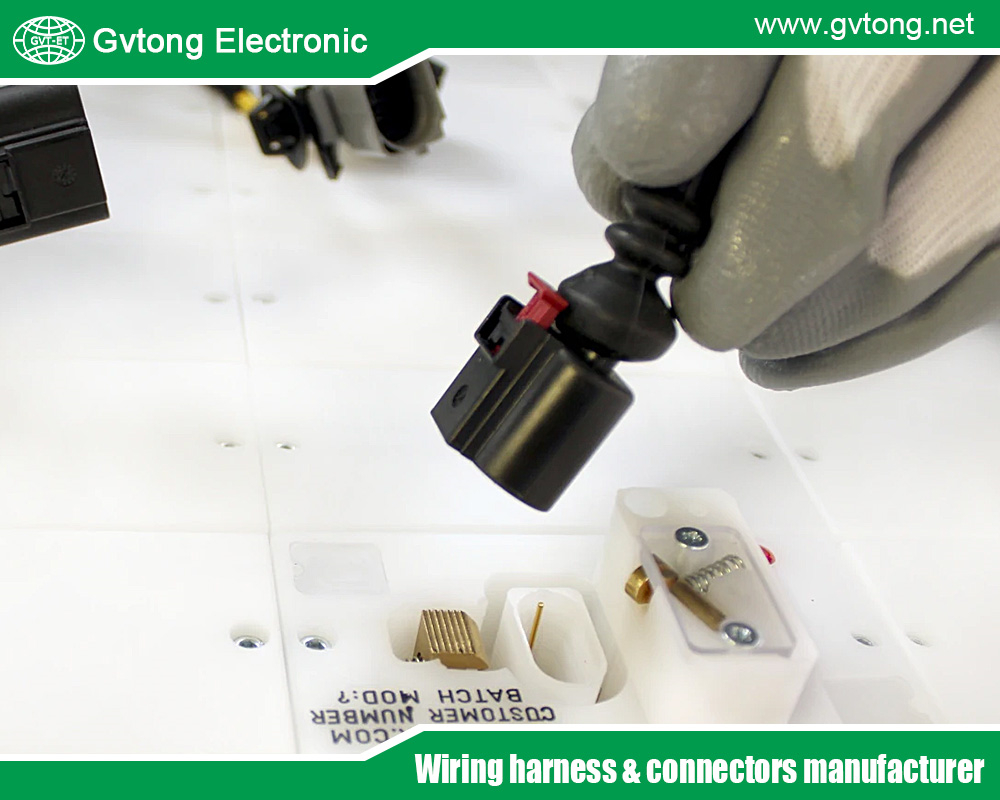
Conclusion
The automotive industry’s new journey is powered by the twin pillars of connector innovation and ADAS advancements. Connectors, with their miniaturized designs, high-speed capabilities, and durability, enable the reliable operation of complex vehicle systems. ADAS, with its AI-driven sensor fusion and V2X communication, enhances safety and sets the stage for autonomous driving. Their synergy ensures vehicles are smarter, safer, and more efficient. Despite challenges like cost and cybersecurity, ongoing innovations in smart connectors, sustainable materials, and advanced AI will drive the industry forward. As vehicles evolve, connectors and ADAS will remain at the forefront, shaping a future of seamless, intelligent mobility.
For more about the new journey of automotive technology: connector innovation and advanced driving assistance system advancements, you can pay a visit to Gvtong at https://www.gvtong.net/ for more info.

